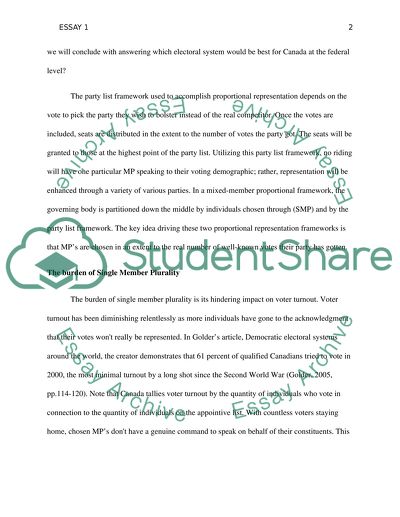Cite this document
(“Canadas Electoral System at the Federal level. Political Participation Essay”, n.d.)
Canadas Electoral System at the Federal level. Political Participation Essay. Retrieved from https://studentshare.org/politics/1702619-canadas-electoral-system-at-the-federal-level-political-participation-in-canada
Canadas Electoral System at the Federal level. Political Participation Essay. Retrieved from https://studentshare.org/politics/1702619-canadas-electoral-system-at-the-federal-level-political-participation-in-canada
(Canadas Electoral System at the Federal Level. Political Participation Essay)
Canadas Electoral System at the Federal Level. Political Participation Essay. https://studentshare.org/politics/1702619-canadas-electoral-system-at-the-federal-level-political-participation-in-canada.
Canadas Electoral System at the Federal Level. Political Participation Essay. https://studentshare.org/politics/1702619-canadas-electoral-system-at-the-federal-level-political-participation-in-canada.
“Canadas Electoral System at the Federal Level. Political Participation Essay”, n.d. https://studentshare.org/politics/1702619-canadas-electoral-system-at-the-federal-level-political-participation-in-canada.


